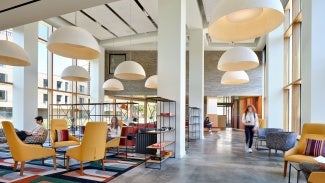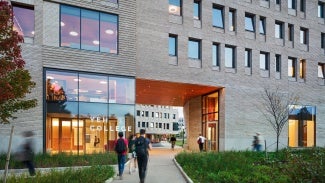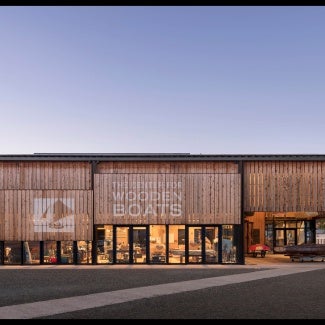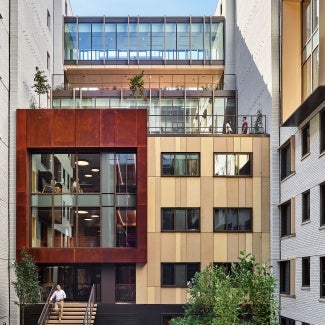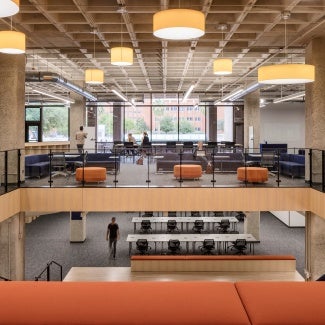Princeton University Residential Colleges
Princeton University's Residential Colleges highlight innovative architectural design, sustainability features, and contributions to student life.
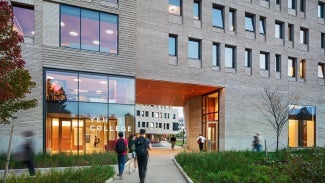
Project highlights: Princeton University Residential Colleges
- Architect: TenBerke
- Owner: Ron McCoy / Princeton University
- Location: Princeton, New Jersey
By adding two new residential colleges, which serve 510 students each, to its central New Jersey campus, Princeton University has bolstered its ability to provide rich and varied access to the communal college experience. Through gestures that are both subtle and overt, the college buildings promote a cohesive community that supports the many spheres of undergraduate life. Together, they represent a major expansion of the campus and a first step in the university’s 30-year campus plan, which aims to significantly broaden its student body while making the campus a more welcoming and diverse place.
Princeton’s overarching goals for the project were threefold. The new buildings should enhance student well-being, support integrated living with learning, and foster community and responsibility. Both contain dining, sleeping, studying, cultural, and social spaces that enrich daily campus life, and the team’s design emphasizes visibility and interconnectedness, drawing students’ attention to their shared spaces by visually connecting the activities within. A dining hall extends through the interior and exterior areas, while the library’s open layout brings in light and the surrounding landscape.
On the first floor, the team placed public programs in a transparent “storefront” base throughout the eight buildings that comprise the colleges, ensuring that those activities are shared with the entire university community. A glass-box rehearsal space in one of the buildings is uniquely flexible in its visibility. Its length includes glass on both sides, but a blackout curtain runs along the entire perimeter to easily transform a highly extroverted multipurpose room into a visually enclosed performance space. Visibility extends to the organization of the buildings’ facades where, at carefully chosen moments, the program is expressed externally.
Wherever possible, spaces have been designed to serve myriad functions. The dining hall can become a study or assembly hall, while nooks can accommodate quiet contemplation or private conversations. To reduce waste and minimize material transport, the team turned to a restrained material palette while relying on spatial variety to provide interest.
After 2.5 years of construction, the colleges have been warmly received by the university community, with many remarking that the project fits seamlessly into campus. Most importantly, Princeton’s students feel at home among the project’s welcoming social spaces and cozy residential floors.
Project team & Jury
Design Architect and Interior Designer: TenBerke
Landscape Architect: James Corner Field Operations
Programming Consultant: Hanbury
Structural Engineer: Silman
MEP/FP Engineer: ADS Engineers
Civil Engineer: Langan
Sustainability Consultant: Atelier Ten
Facade Consultant: Front, Inc.
Estimating Consultant: Nasco
Food Service Consultant: Ricca Design Studios
Lighting Designer: One Lux
Code Consultant: R.W. Sullivan
Theater Design Consultant: Theater Projects
Norio Tsuchiya, AIA, Chair, Devenney Group, Ltd., Architects, Phoenix
Teonna Cooksey, Columbia Graduate School of Architecture, New York
Nolman Davis, Assoc. AIA, Eppstein Uhen Architects, Milwaukee
Collete English Dixon, Roosevelt University, Chicago
Mollica Manandhar, AIA, Payette, Boston
Jerryn McCray, AIA, Jerryn J. McCray, Architect, Baltimore
Annya Ramirez-Jimenez, AIA, Marvel Architects, New York
Yimeng Teng, AIA, Ro | Rockett Design, Los Angeles
The 2024 Architecture program celebrates the best contemporary architecture regardless of budget, size, style, or type. These stunning projects show the world the range of outstanding work architects create and highlight the many ways buildings and spaces can improve our lives.
Thirteen projects showcase the best contemporary architecture.

